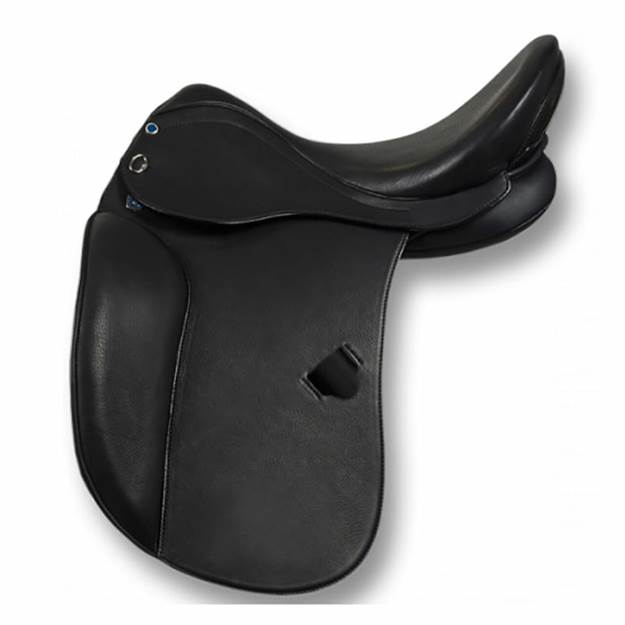What are the Different Styles of English riding?
Posted by Mary's Tack & Feed on 21st Jul 2021
English horseback riding is an incredibly diverse sport. With its long history, it's no surprise that a number of variations of the English style have developed over the years. Those who are new to the sport can be a little overwhelmed by all the different types of English riding disciplines, each of which has its own style and equipment. Fortunately, this guide provides helpful descriptions of each one so you can learn more about English riding or perhaps even choose a specific discipline to focus on in your training.
The first question you'll want to ask is: What are the different types of English riding? When it comes down to it, there are five main English riding disciplines, each of which has a fairly specific focus.
1. Dressage
Originating from the French word for training, dressage is one of the most difficult disciplines in English riding. It is a way for riders to showcase their own control and their horse's skill. Subtle cues are used to communicate with the horse, which then performs a series of specific movements.
2. Show Jumping
Show jumping requires speed, agility and athleticism. The rider guides their horse through a course in which the goal is to clear all the fences as quickly as possible. Faults are incurred for mistakes like knocking over a fence rail, a refusal to jump or going over the maximum allotted time for the course.
3. Eventing
This is a common type of competitive English riding consisting of three events. The first is dressage to show skill and discipline. The second is show jumping to demonstrate focus, precision and speed. The third is cross country, which proves that a horse is well-conditioned and agile.
4. English Pleasure
This English riding style is based on the original reason for riding horses, which was transportation. The discipline is focused on horse performance in terms of a smooth gait and refined movements. The primary gaits used are trotting and cantering due to the steady, smooth movements.
5. Saddle Seat
Saddle seat is designed to showcase a horse's various gaits, with a focus on high stepping abilities. The natural ability of the horse is encouraged and refined by high levels of communication between the rider and the horse. Saddle seat is generally a high energy display with animated movements.
Saddles Used in English Riding
There are certain pieces of tack that can be used across various English riding styles. For example, a close-contact saddle is used in most disciplines as it offers a lightweight feel and refined panel structure to help with giving cues and constant communication with the horse.
Certain close-contact saddles have some specific design features made for a certain English riding discipline. For example, the Stubben Ascend is designed to improve comfort for both the rider and the horse during demanding jumping competitions.

One exception is the dressage discipline, in which a specific dressage saddle will encourage the proper seat and leg position for this style of riding. This type of saddle, as with the Stubben 1894 Dressage Saddle, encourages the rider to maintain a deeper seat and longer leg.
If you have any questions about the proper tack and accessories for any style of English or Western riding, don't hesitate to reach out to us at Mary's Tack and Feed to get expert advice.
